Keywords
|
| OCR, MCR, ANN, Character Recognition, Back Propagation Algorithm etc |
INTRODUCTION
|
| Character recognition is a process which associates a symbolic meaning with objects (letter, symbols & numbers) drawn on an image. Character recognition can be on line or off line. On line character recognition has real time contextual information while off line character recognition system operates in non real time. Both of these systems face performance challenges due to many sources of variability. Noise is perhaps known to be a major source of variability and can make random changes to a pattern or character thereby making its interpretation difficult. |
| Optical character recognition (OCR) and magnetic character recognition (MCR) methods are most widely used for the recognition of characters or patterns. OCR uses optical means to acquire the character typically using a camera or optical scanner. Here the characters are in the form of pixel images and it could be either hand written or printed, of any size, shape or orientation. On the other hand in MCR the characters are printed with magnetic ink and the reading device recognize the character on the basis of the unique magnetic field that is created by each character. Both MCR and OCR find use in banking and various industrial applications. |
| ANN approach for character recognition is now gaining importance because of ANN’s highly parallel architecture and fault tolerance. Zhao et.al.[1] proposed an SMT (Surface Mount Technology) product character recognition using back propagation neural network. Liu et.al. [2] proposed degraded character recognition system by using two stage process, one for character image quality evaluation and other for character recognition. This paper describes an ANN based approach for designing character recognition system in presence of noise. Images of different English alphabets are acquired and during acquisition they get distorted due to various reasons. A graphical user interface (GUI) of character recognition system is also designed in MATLAB. |
| The rest of the paper is organized as follows: Section II presents a brief introduction to neural networks. Back propagation neural network architecture is described in section III. Section IV presents the design steps adopted in designing noisy character recognition system. Experimental results are shown in section V and finally in section VI conclusions are drawn. |
NEURAL NETWORKS
|
| Neural Network is formed by interconnecting a number of elements called neurons in different layers together. These neurons work in a same manner as they do in biological terms. Consider a system in which a neural network is formed using three layers –Input , Hidden and Output as Shown in figure where Input layer is used to fed all the input data into the network, which is followed by a hidden layers of neurons for further processing of data and finally the output layer of neurons for calculating the desired response of the Neural network Created. |
| The above figure-1 shows the three layers of a neural network-input , hidden and output layer.The output of individual neuron can be given by: |
 |
| input values whereas W1 ,W2 and W3 are the weights in that layer. |
| Some functions used in Neural Network are as follows:- |
| In Multilayer neural networks , Log-sigmoid transfer function called Logsig are frequently used.[9] |
| The figure-3 shows that the logsig function gives the outputs between 0 and 1 whenever the neuron’s net input goes from negative to positive infinity as shown in the above figure.Tan –sigmoid transfer function Tansig can also be used in Multilayer networks.[9] |
| The above figure-4 shows the Tan-sigmoid Transfer function .Another function called the Linear Transfer function Purelin is used in back propagation method.[9] and is shown in the figure-5. |
BACK PROPAGATION NEURAL NETWORK
|
| There are two major basis on which types of networks can be differentiated i.e. a network with feedback and a network without feedback. In the prior one, the output values are fed back to the input values. There are some networks in which ,output can be predicted by the output values calculated by the input values fed in the network without applying the feedback, so there is only forward flow of information through the network. Such a network structure is called as feed forward networks. There are many such networks but the most important type of feed forward networks is the Back Propagation Network[14]. |
| Back propagation method is used for training a multi-layer artificial neural networks with mathematical foundation. The method is used in multi-layer forward network with gradient –descent based on delta –learning rule along with a supervised training learning method. The main objective of this network is to train the network to balance between the input patterns that are used in training and their responses to the input patterns.[14] |
| In back propagation Method , the measure of error function is given by Mean square error ‘E’ |
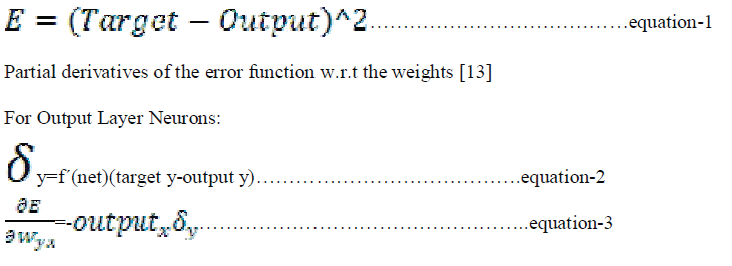 |
| Where y=output neuron |
| X=neuron in last hidden layer |
| For hidden Layer Neurons: |
 |
PROPOSED MODEL
|
| The Proposed Model design steps involved in designing ANN based noisy character recognition system are summarized in the form of a flow chart as shown in fig.-6 |
| A GUI is created in MATLAB and English character in the form of 5X 7 matrix are treated as input to the network. For example--- |
| Letter A = [0 0 1 0 0 ... |
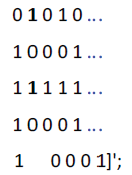 |
| A neural n/w is designed with 3 layers (input, hidden, output layer). In this work 2 hidden layers are used and number of neurons in each hidden layer is 8. Noise level is set to a particular value and then the n/w is trained. Training is done both in the presence of noise and without noise. Here supervised type of learning is used and finally the trained n/w is tested to see whether it has created a good balance b/w memorization (accuracy) and generalization. |
EXPERIMENTAL RESULTS
|
| In this work, a system has been designed using Neural Network in MATLAB to recognize the noisy character. The network created is being trained and tested. For each character, features were computed and stored for training the network. Here are some tables displaying the results obtained from the program. |
| A. NETWORK PARAMETERS |
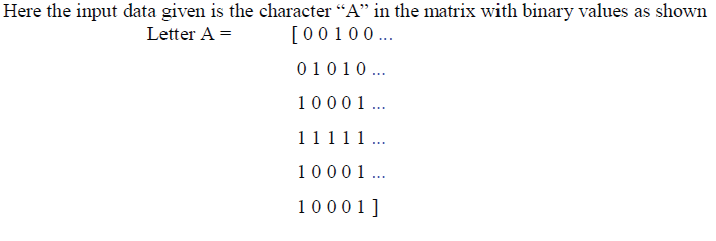 |
| Network designed is first trained at a particular value o noise level to achieve desired performance goal. Figure-7shows the performance plot during training phase to achieve goal of 0.2. |
| Here the goal is set up to which level the network has to be trained and provides the performance information in the form of graphs |
| Figure-8 shows the performance graph during training phase for goal of 0.6 |
| Finally after designing , training & testing of the network is done . |
| For testing letter “A” the recognized character is shown in f igure-9 |
| B. PERCENTAGE ERRORS |
| It has been found that the performance of network that is trained with goal 0.6 is better than the network which was trained with goal of 0.2. The results shows that the network1 (0.2) is less efficient than network 2 (0.6) |
CONCLUSION
|
| Neural Network provides an efficient way for character recognition in the presence of noise .In this work, Neural Network is designed & tested for the recognition of English Alphabets under noisy environmental conditions. The results of MATLAB Simulation are presented for recognition of English alphabet “A”. Simulation results are presented for different performance goals of 0.2 & 0.6. Network is designed &trained at noise level of 0.1 |
Tables at a glance
|
|
|
Figures at a glance
|
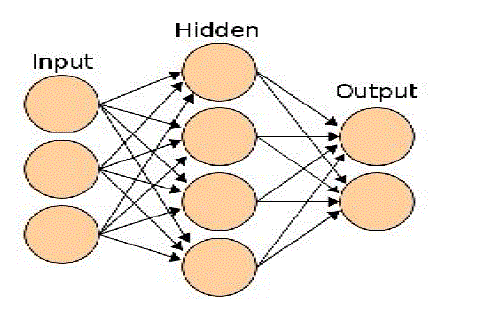 |
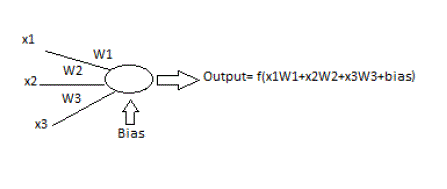 |
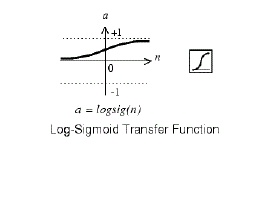 |
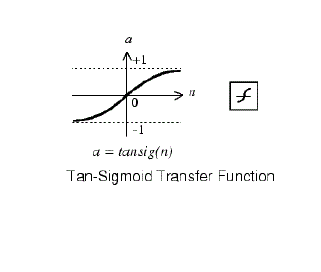 |
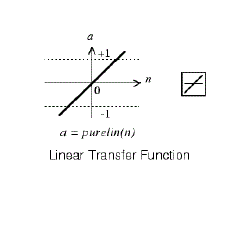 |
| Figure 1 |
Figure 2 |
Figure 3 |
Figure 4 |
Figure 5 |
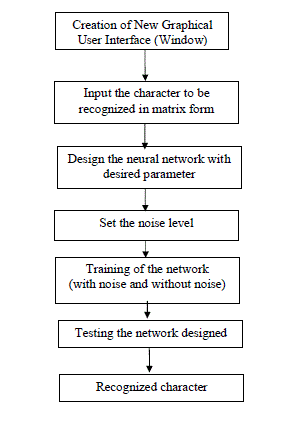 |
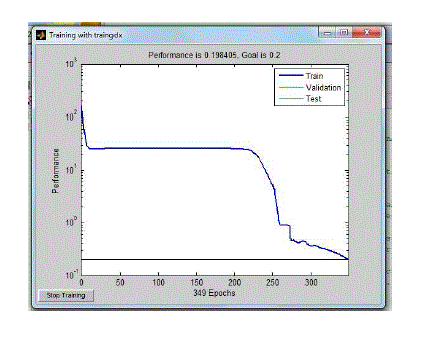 |
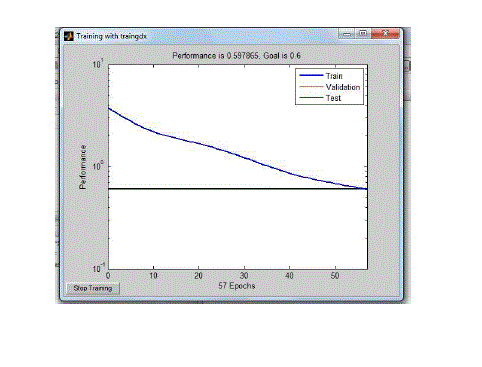 |
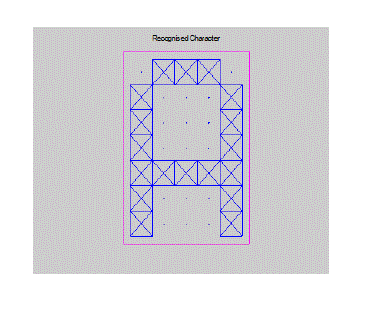 |
| Figure 6 |
Figure 7 |
Figure 8 |
Figure 9 |
|
References
|
- Kauleshwer Prasad, DevvratC.Nigam,Ashmita Lokhotiya & DheerenUmre, “Character Recognition By Matlab’s Neural Network Toolbox“International Journal Of Science And Technology ,2013 , Vol 6, No.1.
- Trevor Handley ,”Optical Character Recognition With Neural Network “
- Muhammed Tahir Qadir,Muhammed Asif,“Automatic Number Plate Recognition System For Vehicle Identification Using Optical CharacterRecognition”, International Conference On Education Technology And Computers,2009 .
- Caudil .M,Butler.C,” Understanding Neural Networks”, Mit Press ,1992,
- Rashad –Al- Jafri ,”Handwritten Arabic Character Recognition Lenet Using Neural Network”, The International Arab Journal Of InformationTechnology,2009,Vol-6,No.3.
- Anita Pal , Dayashanker Singh,” Handwritten English Character Recognition Using Neural Network”, International Journal Of ComputerScience & Communication ,2010, Vol. 1,No. 2,pp.141-144.
- N.K.Bose ,P,Liang ,”Neural Network Fundamentals With Algorithms, Applications”TataMcgraw-Hill Edition,2005.
- Sutha.J,Ramraj.N,”Neural Network Based Offline Tamil Handwritten Character Recognition System”,IEEE International Conference OnComputational Intelligence And Multimedia Application ,2007,Vol. 21,13-15,pp-446-450.
- Simon Haykin ,”Neural Networks-A Comprehensive Foundation “,Prentice Hall,2009,2nd Edition
- U.Bhattacharya ,B.B.Chaudhri,” Handwritten Numeric Databases Of Indian Script And Multi Stage Recognition Of Mixed Numericals “, IEEETransaction On Pattern Analysis And Machine Intelligence , 2009,VOL.3, No.3,pp 444-457.
- M.Handmandlu, K.R.M Mohan ,H.Kumar,”Neural Based Handwritten Character Recognition”, Proceeding Of IEEE Conference On DocumentAnalysis And Recognition ,ICDAR,1999,Banglore,pp241-244.
- H. Wao,J. Kangas “Character –Like Region Verification For Extracting Text In Scene Image”,ICDAR,2001,pp.957-962.
|